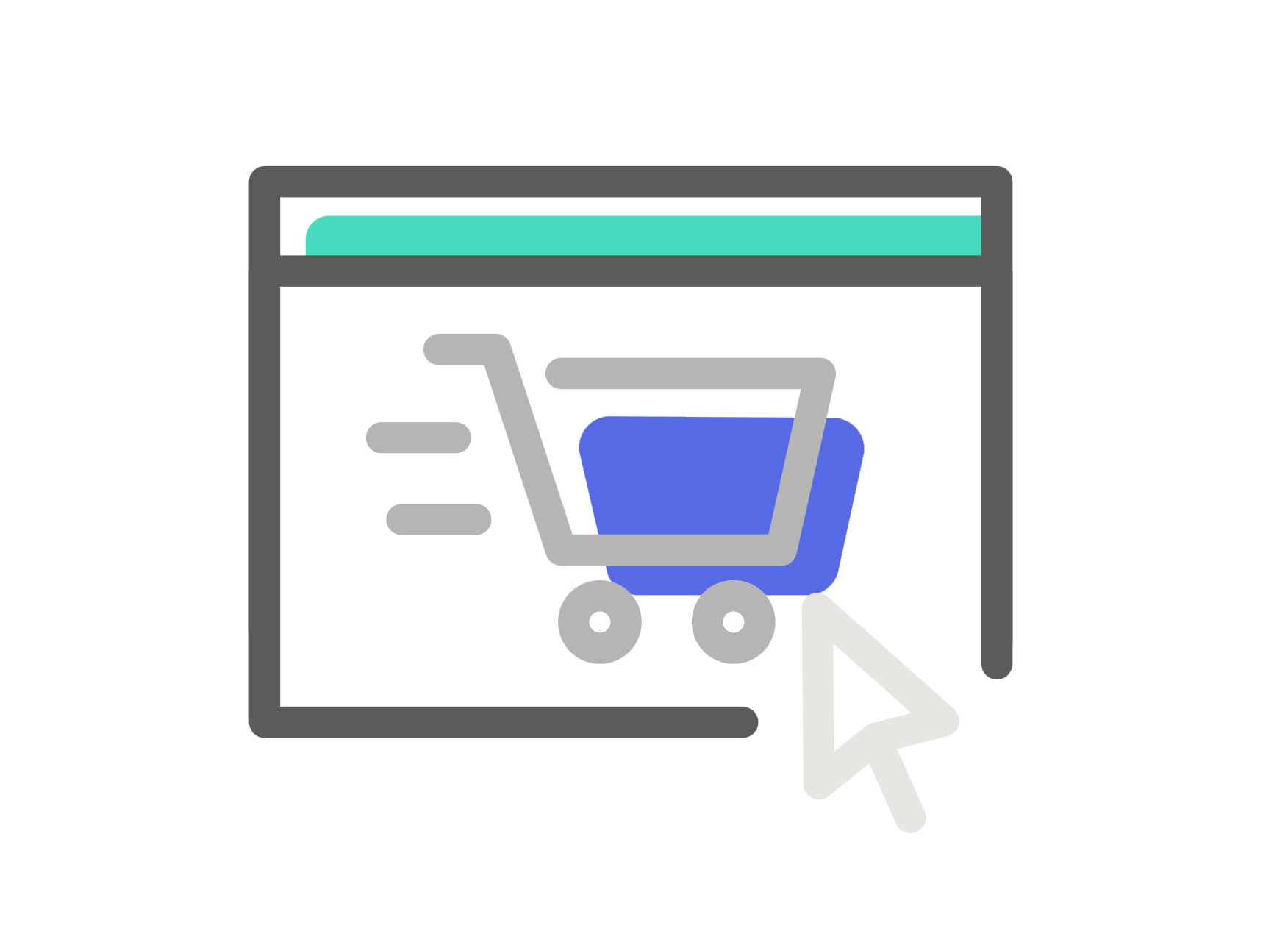
October 17, 2022
Why Advertising May No Longer Determine E-Commerce Success
Why Advertising May No Longer Determine E-Commerce Success
We recently spoke with Andrew Youderian, founder of eCommerce Fuel, and author of the 2022 E-Commerce Trends Report, to dive into some key findings in his new report. For this report, Andrew and his team analysed data from over 600 e-commerce brands to unpack what’s happening and find insights on how to grow a business.
This year’s four biggest takeaways are:
- Return on Ad Spend (ROAS) is wildly overrated for success
- We’ve hit peak Amazon
- Brands need to raise their prices (again)
- Manufacturing + Storytelling crushes all other models
ROAS tells us how effectively you can use advertising to grow your business, which has been an essential growth driver since the dawn of Google. However, many respondents in this year’s study cited brand development, storytelling, and operational efficiency as competitive advantages (in that order).
62% of owners said that 2021 wasn’t their most difficult year in business. Their top challenge was finding and hiring the right people, not making sales.
So if conversions and sales weren’t the #1 challenge for businesses, where does he recommend businesses shift their focus?
Building your brand, telling a great story (which in turn helps recruit the right talent), and maintaining margins.
Build a Brand People Love and Remember
Successful e-commerce businesses build a unique, memorable brand by engaging with their customers on a human level, whereever they already spend time. Instead of running paid ads and A/B tests, use social listening to find out what people are saying about you across platforms. Poll your audience/customers and see which platforms they’re engaging with most often, and pump up your presence there (more organic and some paid), while cutting the underperforming channels. You’ve just created targeted audience segments without spending any money or alienating potential customers.
Tell an Authentic, Compelling Story
Tie your “marketing” into a larger, aspirational narrative. Two of Andrew’s favorite examples of brands doing this right are Beardbrand and MUD\WTR.
Beardbrand is a men’s grooming and skincare brand that focuses their content and marketing on wellness and fostering confidence through grooming.

MUD\WTR makes a coffee alternative from a base of Chaga mushrooms. Their content and campaigns talk about the latest cognitive research on naturally boosting energy and focus, without the jitters and crashes associated with caffeine.

These brands succeed because they know their audiences. They share videos and articles that inform and inspire, without selling hard. MUD\WTR generated more than $16 million in revenue in 2020, in an over-crowded vertical by consistently connecting with customers with personalized copy across ads, website, emails, and packaging.
Raise Prices, But Do It The Right Way
Andrew’s data indicates that many businesses are charging an unsustainable price for their offerings. Suppliers have increased prices by 15% on average compared to an 11% increase by merchants. Ultimately, this deficit will impact average net margins, and therefore operational efficiency.
Fortunately, there are ways to do this without causing consternation among valuable customers. For example, announce a special offer for existing customers and/or subscribers at the same time as a price increase, allowing them to keep the current price for a set period while everyone else gets a price bump. This lets you make the adjustments you need to stay viable while showing loyal customers that they matter.
In fact, 86% of brands reported a positive experience when raising prices if they remembered to put customers first, with revenues either going up or staying the same.
The way forward for small, agile brands is to focus on building companies people love, talk about, and return to willingly and organically. This requires noteworthy products, compelling relationships, authentic content, and brand affinity that drives repeat business and word-of-mouth referrals.
- Andrew Youderian, Founder, eCommerce Fuel
Most brands paying for 100% of their traffic and attention will struggle to stay afloat going forward. And we agree that’s a path with some momentum.
This post was originally featured in our monthly Smart Commerce Newsletter. Get our roundup of news, trends, insights and best practices that retail and ecommerce pros need to scale and grow your brands. Sign up here.







